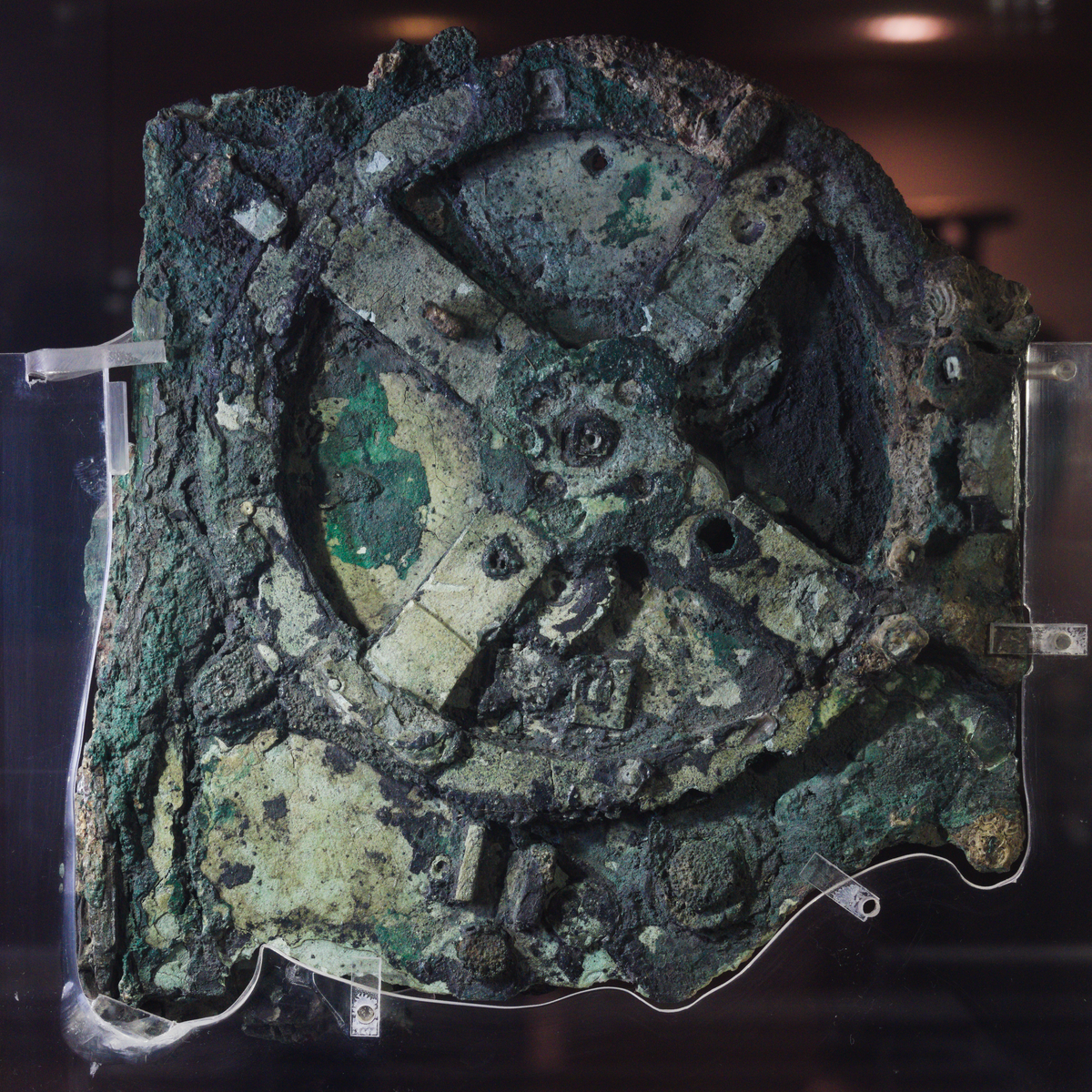Clickspring - Reconstructing The Antikythera Mechanism
Antikythera Mechanism: Evidence of a Lunar Calendar (Published by Chris of Clickspring among other peers based on direct analysis and reproduction of Antikythera Mechanism)
Even if you aren’t into precision metal working or history or science and engineering, his videos are great ASMR. His voice is perfect for narration, the shots are beautiful and you can just sit and disassociate for a bit.
Every single piece he makes has so much thought, effort, research, and real skill behind it. Sometimes he needs to make half a dozen specialized tools from scratch just to machine a single part. He does it all while taking excellent footage, and somehow he has enough skill and leftover energy to edit the footage into excellent videos. He deserves mad respect.
I found him a decade ago during finals week in grad school while he was building a clock, and it helped me relax between study sessions so well that I did significantly better than usual on my exams.
Clickspring is awesome. Half the time I have no idea what he’s talking about, but it’s so soothing to watch a master at work that I can’t stop watching.
This is the best part:
Machines with similar complexity did not appear again until the 14th century in western Europe.
One of my favorite stories concerning the Antikythera mechanism is this:
Back during the Renaissance various people started trying to recreate devices from antiquity (to them) that they only had textual descriptions of because technical drawings weren’t really a thing back then. If they existed at all, they were pretty crappy. (In my opinion, da Vinci’s greatest contribution to the world was detailed scale technical drawings, I’m not sure if he was the first, but he seemed to popularize it.)
One of these things was the odometer which, if I remember correctly, was described as being very simple. Something like a cart that you pushed with one tooth on a wheel that turned one gear on the top with many spokes and every revolution of the top gear a hole would line up to drop a round stone or marble or something and that’s how distance markers on Roman roads were so accurate. They kept failing to recreate it despite efforts that included adding more and more complex gearing. One technical drawing I saw was crazy complex.
Then they find this device. They realized they never considered the possibility that finely made pointed metal gears existed back then. They were trying to recreate these devices with big clunky square toothed wooden gears and shit like that, stereotypical “da Vinci’s workshop” looking stuff.
People started trying to recreate those devices with this new information and were now successful recreating a lot of things, including things that many were starting to question whether or not they really existed.
Everyone knew civilization fell during that period, this device gave a better appreciation for how far the fall was.
I don’t know how accurate this story, or my memory, is but I’ve always thought that was interesting.
Great podcast about it: https://www.bbc.co.uk/programmes/m0024x0g





